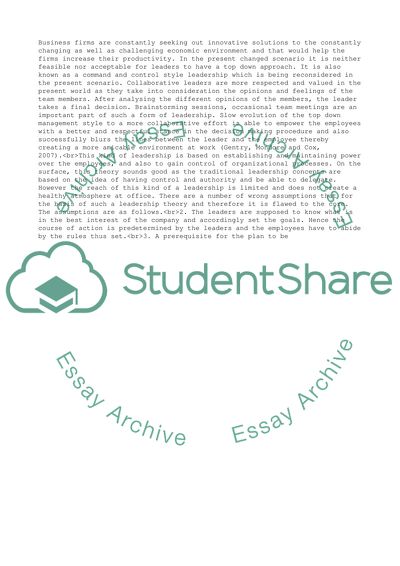Cite this document
(Leadership Essay Example | Topics and Well Written Essays - 4000 words - 3, n.d.)
Leadership Essay Example | Topics and Well Written Essays - 4000 words - 3. https://studentshare.org/management/1837343-leadership
Leadership Essay Example | Topics and Well Written Essays - 4000 words - 3. https://studentshare.org/management/1837343-leadership
(Leadership Essay Example | Topics and Well Written Essays - 4000 Words - 3)
Leadership Essay Example | Topics and Well Written Essays - 4000 Words - 3. https://studentshare.org/management/1837343-leadership.
Leadership Essay Example | Topics and Well Written Essays - 4000 Words - 3. https://studentshare.org/management/1837343-leadership.
“Leadership Essay Example | Topics and Well Written Essays - 4000 Words - 3”. https://studentshare.org/management/1837343-leadership.


